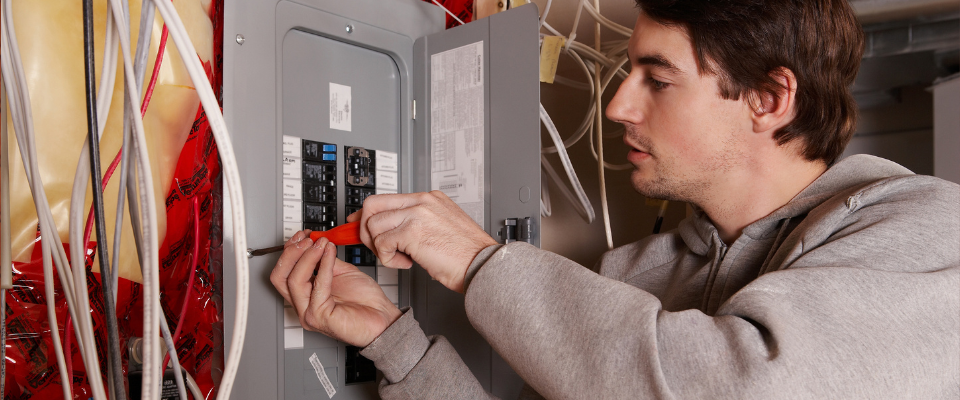Defect
di · fekt
In the context of a home inspection, a defect refers to any issue, problem, or condition in a property that deviates from the expected or desired standard. These issues can range from minor cosmetic imperfections to significant structural deficiencies that may affect the safety, functionality, or value of the home.
Here are some examples of defects that may be identified during a home inspection:
Structural Defects: This category includes issues with the foundation, walls, roof framing, floor joists, and other load-bearing elements of the structure. Structural defects may manifest as cracks in the foundation, uneven floors, sagging ceilings, or signs of water damage.
Water Intrusion and Moisture Problems: Water intrusion can lead to a range of issues, including mold growth, wood rot, and deterioration of building materials. Common signs of water intrusion include dampness, staining, musty odors, peeling paint, and efflorescence (white, powdery residue) on walls or surfaces.
Plumbing Issues: Plumbing defects may include leaking pipes, dripping faucets, clogged drains, malfunctioning fixtures, inadequate water pressure, or improper installation of plumbing components. These issues can lead to water damage, mold growth, and costly repairs if not addressed promptly.
Electrical Problems: Electrical defects pose safety hazards and may include outdated wiring, overloaded circuits, exposed wiring, faulty outlets or switches, and inadequate grounding or bonding. Electrical issues can increase the risk of fire, electrocution, and electrical malfunctions.
HVAC (Heating, Ventilation, and Air Conditioning) Issues: HVAC defects may involve malfunctioning heating or cooling systems, inadequate ventilation, dirty or clogged air filters, ductwork leaks, and improper installation of HVAC equipment. Inefficient HVAC systems can result in poor indoor air quality, discomfort, and higher utility bills.
Roofing Problems: Roof defects may include missing or damaged shingles, leaks, deteriorated flashing, sagging or uneven rooflines, and signs of water damage in the attic or ceilings. Roof issues can lead to water intrusion, structural damage, and mold growth if not addressed promptly.
Cosmetic and Maintenance Issues: While cosmetic defects may not affect the structural integrity of the home, they can impact its appearance and marketability. Common cosmetic issues include chipped paint, worn flooring, damaged trim, outdated fixtures, and cosmetic damage caused by pets or normal wear and tear.
During a home inspection, the inspector evaluates the property for these and other defects, providing a detailed report outlining their findings and recommendations for repairs or further evaluation by specialists. Identifying and addressing defects early in the home buying process can help buyers make informed decisions and negotiate repairs or concessions with the seller.
Experience the DILIGENT Difference
With DILIGENT, you can understand the value of your potential home investment by skipping the guesswork and gathering deeper information about your new home with our detailed reports provided the same day as your inspection.



